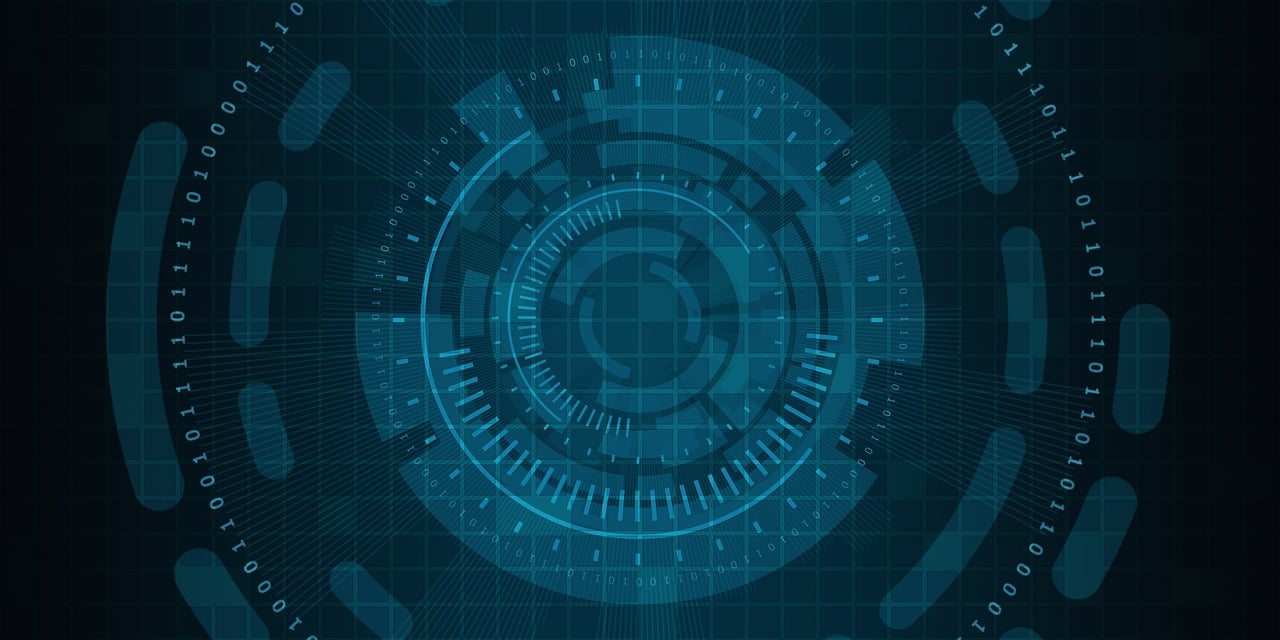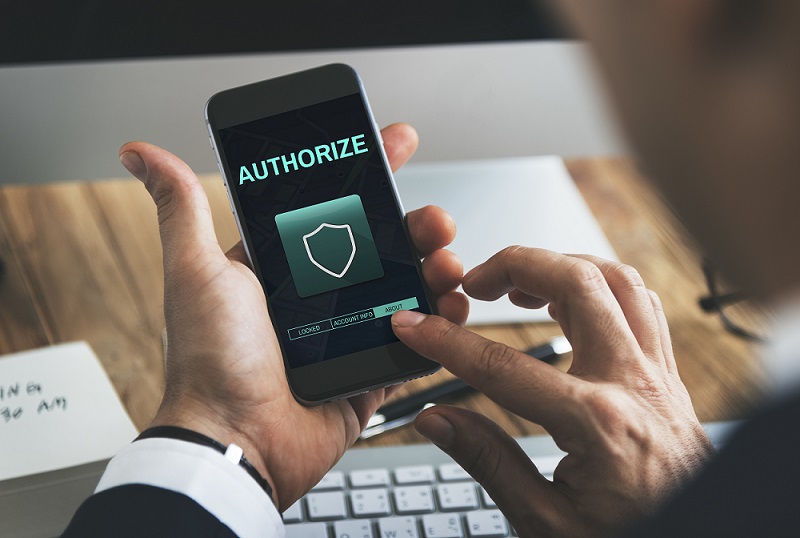
Understanding Authentication: The Basics
Authentication is a cornerstone of cybersecurity, playing a vital role in protecting digital resources by verifying the identities of users, devices, or systems. This blog post will explore the fundamental concepts of authentication, why it is important, and the different types of authentication methods available.

What is Authentication?

The Importance of Authentication
- Security: Authentication prevents unauthorized access to sensitive information, ensuring that only authorized individuals can view or manipulate data.
- Accountability: It ensures that actions can be traced back to a verified user, helping to maintain records of who did what and when.
- Privacy: Proper authentication methods help protect users’ personal information from being accessed by unauthorized parties.
- Trust: Authentication builds trust between users and service providers, as users can be confident that their data is secure.

The Authentication Process
The authentication process typically involves three main steps:
- Identification: The user provides an identifier, such as a username or email address. This step is about identifying who the user claims to be.
- Authentication: The user presents credentials to prove their identity. This can include something they know (password), something they have (smart card), or something they are (fingerprint).
- Authorization: Once authenticated, the system grants access based on the user’s permissions and roles. This step is about what the user is allowed to do.
Types of Authentication Methods
Authentication methods can be broadly categorized into three main types, often referred to as factors of authentication:
1. Something You Know
This is the most common type of authentication and includes passwords, PINs, and security questions. While widely used, these methods are also vulnerable to attacks such as phishing, brute force, and social engineering
Example: A user enters a password to access their email account.
2. Something You Have
This involves physical objects that the user possesses, such as smart cards, USB tokens, or mobile devices used in two-factor authentication (2FA). These methods add an extra layer of security but can be inconvenient if the physical item is lost or stolen.
Example: A user enters a code sent to their mobile phone to complete a login process.
3. Something You Are
Biometric authentication relies on unique physical characteristics of the user, such as fingerprints, facial recognition, or retinal scans. These methods are highly secure and difficult to forge, though they can raise privacy concerns.
Example: A user unlocks their smartphone using facial recognition.
Conclusion
Authentication is a critical component of cybersecurity, ensuring that only authorized individuals can access sensitive information and systems. Understanding the basics of authentication and implementing strong, multi-factor authentication methods can significantly enhance security and protect against unauthorized access.
At Neurix, we are at the forefront of revolutionizing authentication systems by leveraging cutting-edge AI
and ML technologies.
Islamabad, Pakistan
info@neurix.tech
